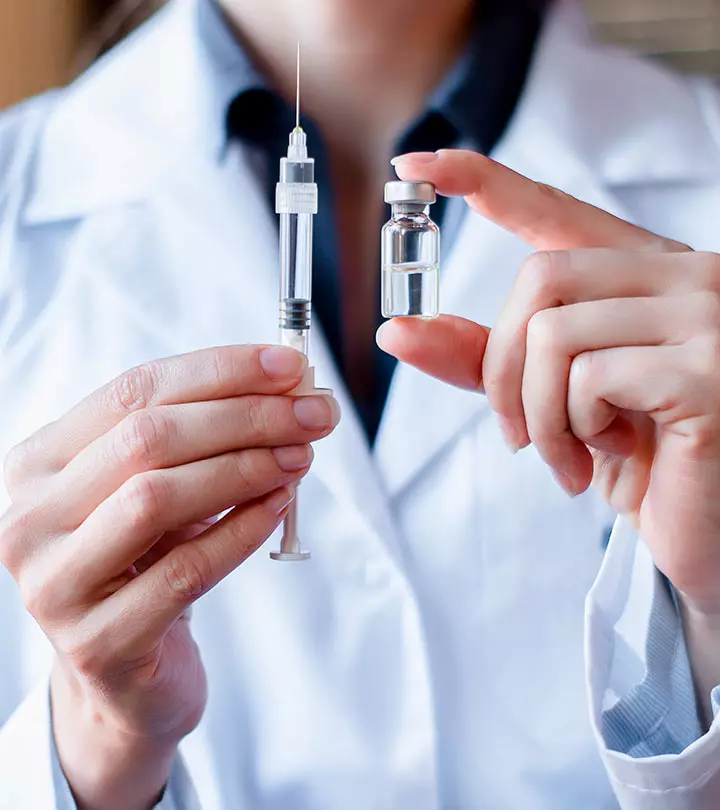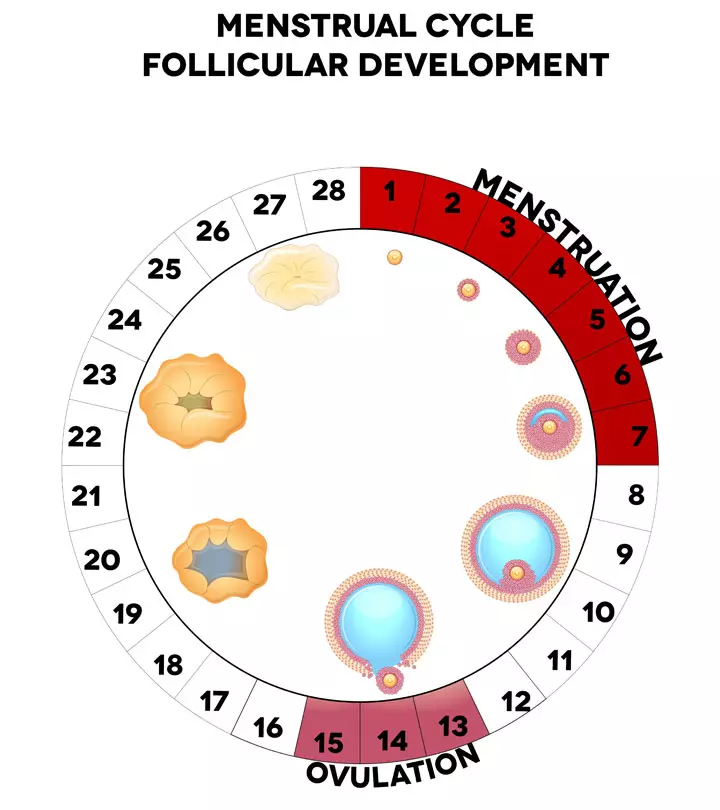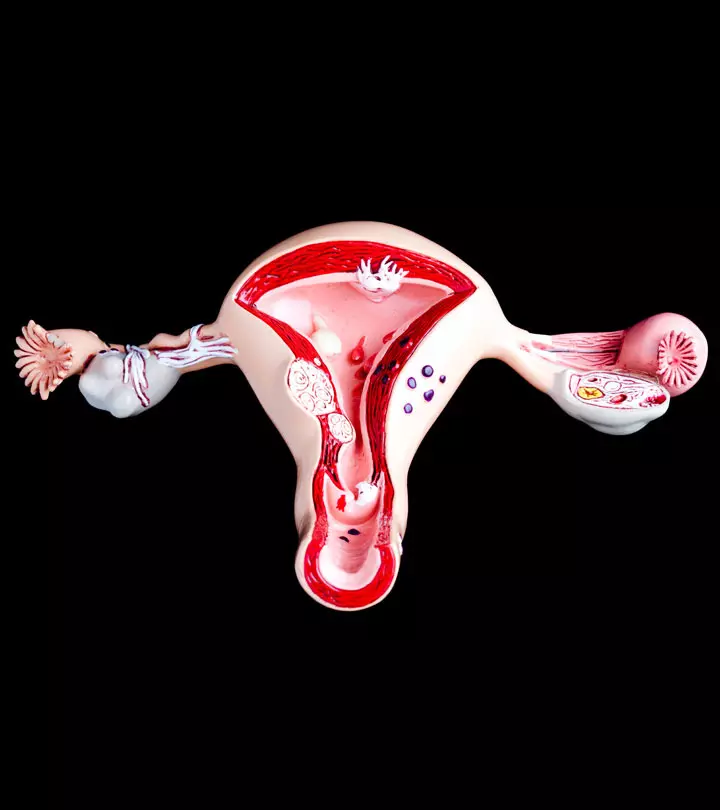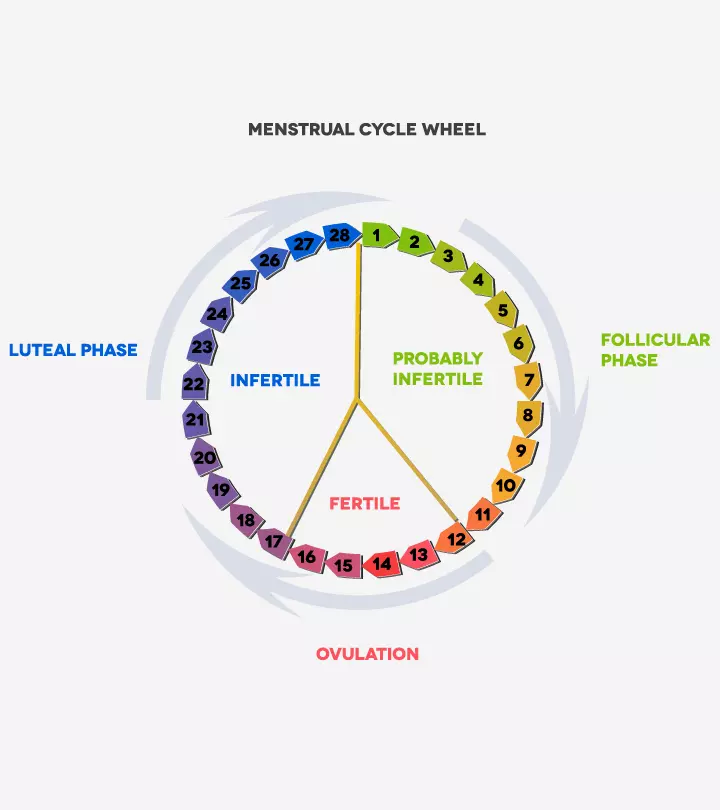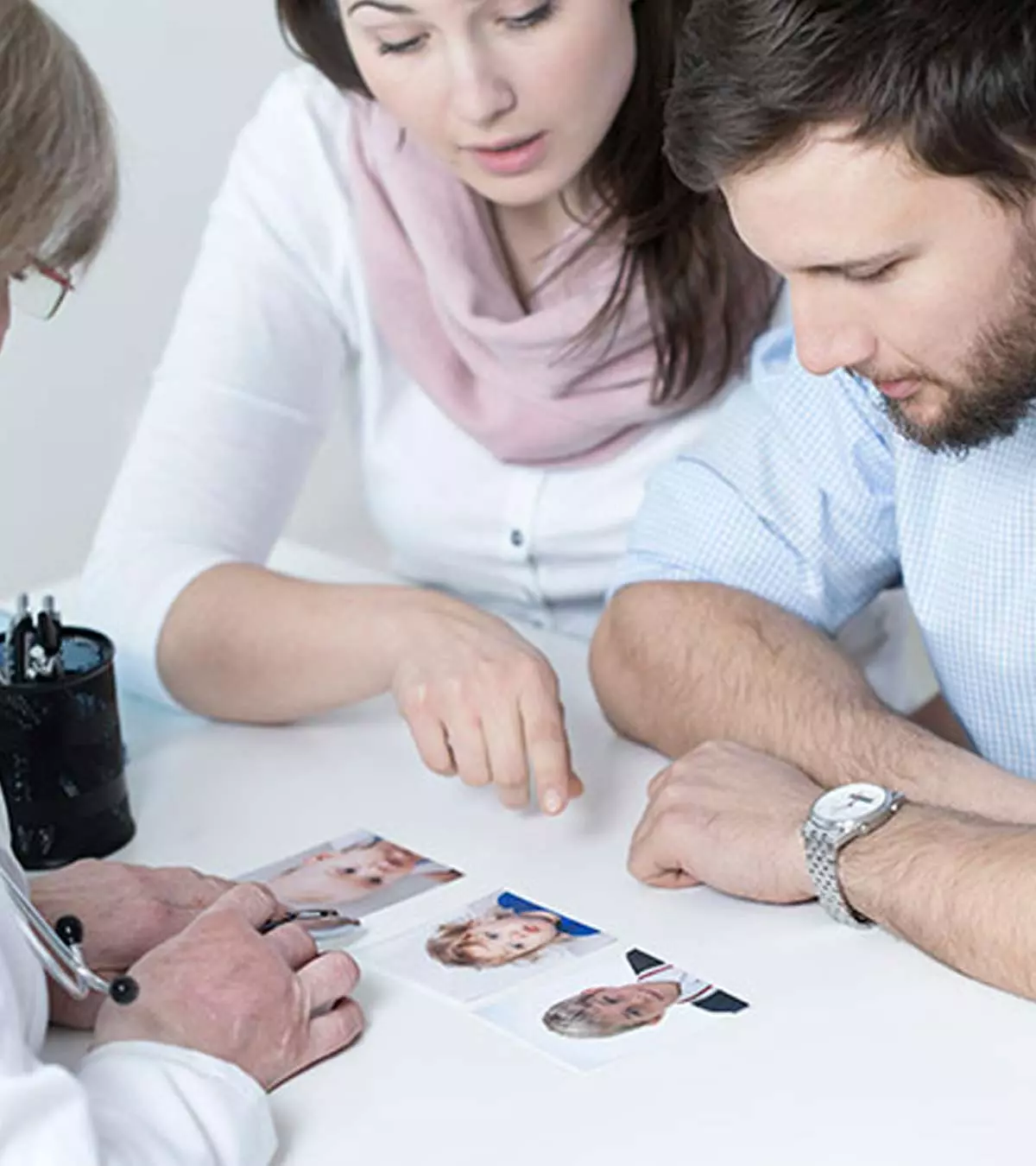
Image: ShutterStock

Fictional novels, pop culture, and sci-fi movies have embraced tales of altered humans in hypothetical societies. This notion has found its way in the childbirth process with the concept of designer babies. The genetic makeup of such babies is altered to eradicate faulty genes before the baby’s birth and confer immunity to certain dangerous diseases. Thus, the baby would be healthier than their peers.
Read on if you are curious to learn more about designer babies, including their pros and cons and ethical considerations. The article also discusses a few cases where a designer baby was created.
Key Pointers
- Designer babies are created by altering the genes of embryos at the pre-implantation stage to modify their traits or characteristics after birth.
- The morality of creating designer babies is widely debated, with concerns about societal inequity and other ethical issues.
- The potential benefits of designer babies include lowering the risk of fatal genetic diseases and correcting genetic defects.
- However, there are also concerns about creating unwanted genetic changes and a lack of sufficient evidence about the effectiveness of the technique.
What Is A Designer Baby?
‘Designer baby’ is an infant born after performing interventions in its pre-implantation embryo stage to influence the characteristics or traits the child might possess after birth (1).
The advancement in genetic engineering and assisted reproductive technologies (ART) has made embryo screening for genetic disorders possible before implantation during in vitro fertilization (IVF). Using pre-implantation genetic diagnosis (PGD), doctors can identify embryos that may carry the defective gene (2). The defective gene can be altered, resulting in a genetically-modified baby. Such infants are called designer babies since they have been ‘designed’ through gene alteration.
You may probably find the idea of a designer baby a bit far-fetched. But did you know, the process has already been implemented?
Is The World’s First Designer Baby Already A Reality?
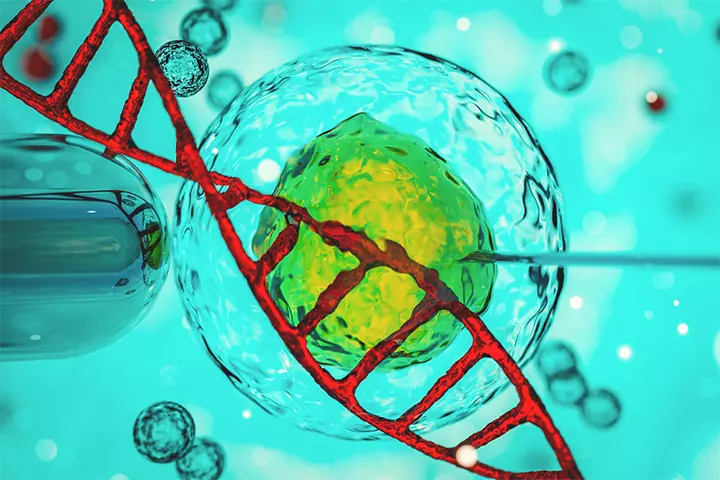
Image: Shutterstock
Yes, there have been a couple of controversial instances.
- Adam Nash: Adam Nash was born in the US in August 2000 and is considered the ‘world’s first designer baby.’ His parents underwent IVF and PGD to create an embryo that was free from the Fanconi Anemia gene (3). Adam Nash later became a stem cell donor to his elder sister Molly, to treat her genetic condition, Fanconi Anemia.
- Lulu and Nana: In November 2018, He Jiankui, a scientist from the Southern University of Science and Technology in China, claimed that he had produced the ‘world’s first gene-edited human babies.’ The twin girls, named Lulu and Nana, were created using the CRISPR-Cas9 genome-editing technique and were immune to HIV (4). This research drew flak from scientists and bioethicists alike for being unethical, and a call was made globally for strict regulations around gene editing in humans (5).
Designer babies may come across as superior and even life-saving in some situations. However, there are concerns among the general population and scientific community about the morality of the process.
Is It Ethical To Produce Designer Babies?
Controversies have surrounded the prospect of producing genetically enhanced or designer babies. Americans support gene editing for health benefits but not for intelligence enhancement. 72% find it appropriate for medical technology to modify the genetic characteristics of an unborn baby to treat a serious condition at birth, with 27% disagreeing. However, just 19% support gene editing for intelligence enhancement, with 80% disagreeing.
Nevertheless, there has yet to be a consensus on the ethical side of creating designer babies. The matter is debatable. The National Human Genome Research Institute, USA, has discussed a few ethical concerns related to human genome editing (6).

Opinions on modifying a baby\'s genes to treat a severe disease
Source: Public Views of Gene Editing for Babies Depend on How It Would Be Used- Making decisions on behalf of future generations: Bioethicists believe that giving parents a choice to choose traits of the children without their consent or knowledge violates a child’s right to live as an independent individual.
- Widening social inequality: There is a view that access to germline modification or germline engineering could widen the social gap if the techniques are available only to those individuals or countries that can afford them. It can create disparities, wherein some bear the burden of genetic diseases because they cannot afford the treatment, or are in a different culture or geography.

Image: Shutterstock
- Deploying it for cosmetic/ skills enhancement: There have been concerns that instead of applying the technique to prevent or treat diseases, the method can be used to enhance human skills, talents, abilities, appearance, etc.
In July 2018, the Nuffield Council on Bioethics, UK published a report stating that human genome editing could be ‘morally permissible’, even in cases of human enhancement, if it’s in the interest of the child (7).
Gene alteration and creation of designer babies may or may not be an answer to control genetic ailments and diseases. Also, this innovation raises ethical concerns, such as genetic privilege, and poses risks to future generations. As the designer baby debate continues, one must consider both benefits and ethics.
Designer Babies: Pros and Cons
Human genome editing has been widely discussed mainly in two areas of research — editing in body cells (somatic cells) and editing in reproductive cells (germline). Scientific community and bioethicists are divided over the possible advantages and disadvantages of the process. Below are a few pros and cons of creating designer babies.
Pros:
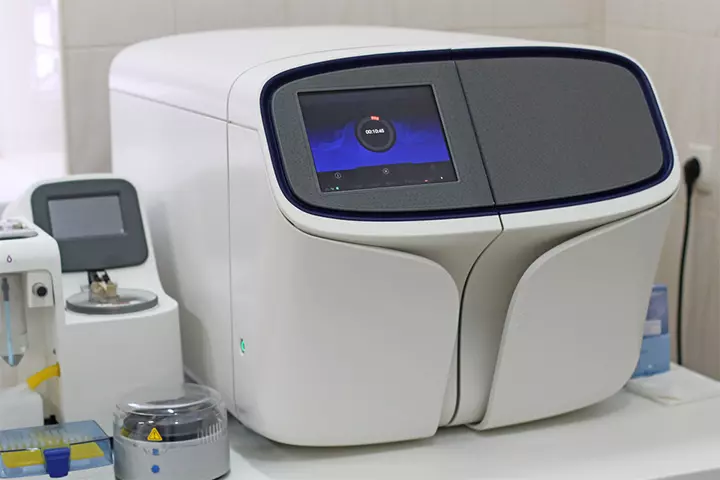
Image: Shutterstock
- These techniques may help reduce or eliminate the risk of life-threatening genetic ailments in unborn babies (8). According to Human Fertilisation and Embryology Authority (HFEA), the UK, pre-implantation genetic diagnosis (PGD) can be used to test around 600 genetic conditions (9). The technique could enable personalized treatments by tailoring genetic changes to individual health needs and help parents avoid transferring genetic conditions to their babies.
- Researchers from the Broad Institute of MIT and Harvard in a study concluded that new gene-editing technology could correct up to 89% of genetic defects, including diseases like sickle cell anemia (10).
Cons:
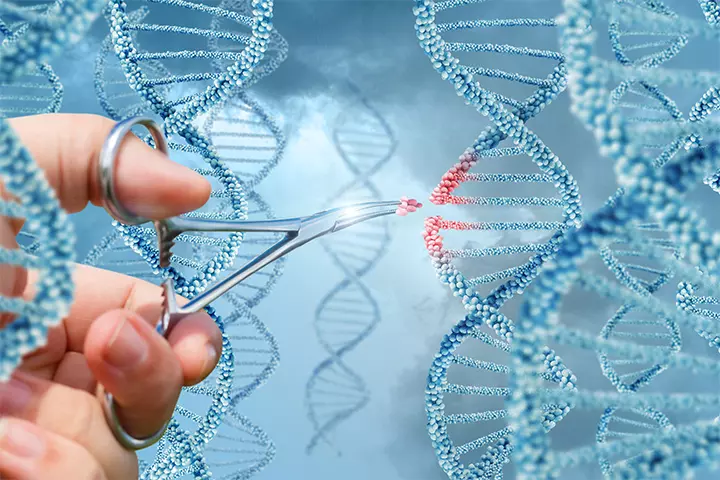
Image: IStock
- The gene-editing methods are still considered experimental procedures, and further studies are needed to assess their effectiveness and safety in the long term (11).
- These techniques may cause other unwanted genetic modifications that may pass onto future generations (12).
- Gene alteration may not be accurate in many cases. It becomes trickier when one gene is responsible for several traits or when multiple genes influence a single trait (12).
- The process of genetic enhancement is not straightforward. Even with the most precise and dependable version of CRISPR, it may not be feasible to program desired traits in embryos (12).
Frequently Asked Questions
1. What is the history of designer babies?
The concept of designer babies was declared after the first IVF baby, Louise Brown. However, there is a need for in-depth research to understand the legal aspects and consequences of designer babies (13).
2. How much do designer babies cost?
When conceptualized into reality, parents might select their unborn baby’s gender and traits to create a designer baby, which could cost nearly a hundred thousand dollars (14).
3. Are designer babies illegal in the US?
There is no specific ban on Designer babies yet in the United States; however, there is a moratorium and a few regulations regarding germline gene editing as imposed by the FDA and the National Institutes of Health to prevent unethical research (15) (16).
4. Can designer babies harm the mother?
A few studies suggest that gene editing can cause harm to the mother and could be unsafe for both the mother and the baby; however, the type and extent of harm are not yet well understood (17).
CRISPR and other gene-editing technology have led us to assume that designer babies are possible. However, it is critical to comprehend the social, scientific, and ethical challenges surrounding embryo editing before implantation. It calls for international organizations and countries to debate and participate equally to impose strict laws, increase transparency in clinical work, and perform additional research to examine the safety and long-term impacts of such treatments. While these procedures may assist in lessening or eliminating the danger of life-threatening diseases in fetuses, there are also certain drawbacks. Therefore, before deciding on such operations, one must think carefully.
Infographic: Alternatives To Genome Editing
Many people may not find the concept of genome editing or “designer babies” acceptable due to underlying ethical concerns and insufficient laws. Save this infographic where we enlist some possible alternatives to genome editing. Illustration: Momjunction Design Team

Designer babies: should we be creating them? Explore the ethical implications of this controversial topic and the impact of cutting-edge research in this video.
References
1. Steinbock, B., Designer babies: choosing our children’s genes;The Lancet, 372(9646), 1294-1295. (2008)
2. Sermon K et al., Preimplantation genetic diagnosis; The Lancet, 363(9421), 1633-1641. (2004)
3. Baby created to save older sister; BBC News Archives
4. Jon Cohen, The untold story of the ‘circle of trust’ behind the world’s first gene-edited babies; Science magazine
5. Wang C et al., Gene-edited babies: Chinese Academy of Medical Sciences’ response and action; The Lancet, 393(10166), 25-26. (2019).
6. What are the Ethical Concerns of Genome Editing?; National Human Genome Research Institute, USA
7. Gyngell C et al., Moral reasons to edit the human genome: picking up from the Nuffield report; Journal of Medical Ethics
8. National Academies of Sciences, Engineering, and Medicine. Human Genome Editing: Science, Ethics, and Governance; National Academy of Medicine: Press. (2017).
9. Pre-implantation genetic diagnosis (PGD); Human Fertilisation & Embryology Authority, UK
10. Andrew V. Anzalone et al., Search-and-replace genome editing without double-strand breaks or donor DNA; Nature (2019)
11. T.K.Pang and P.C.Ho, Designer babies; Obstetrics, Gynaecology & Reproductive Medicine
12. Cecile and J.W. Janssens, Designing babies through gene editing: science or science fiction?; Genetics in Medicine
13. Katharine Dow; Looking into the Test Tube: The Birth of IVF on British Television; Cambridge Journals
14. Designing the $100,000 baby; Center for Genetics and Society
15. United States: Germline / Embryonic; Genetic Literacy Project
16. Shuang Liu; (2025); Legal reflections on the case of genome-edited babies
17. Designer Babies: Pros and Cons; (2025); Research gate
Community Experiences
Join the conversation and become a part of our nurturing community! Share your stories, experiences, and insights to connect with fellow parents.
Read full bio of Annette Bing
Read full bio of Rohit Garoo
Read full bio of Rebecca Malachi
Read full bio of Reshmi Das





